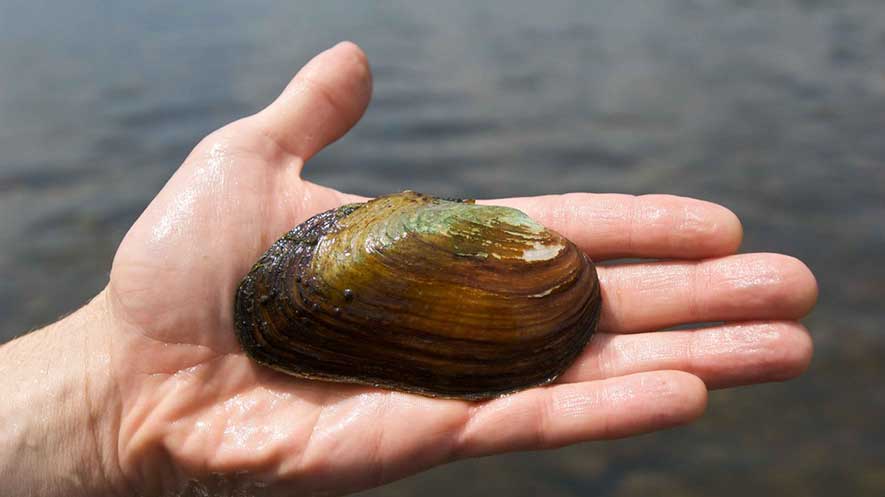High volume hydraulic fracturing (HVHF) otherwise known as ‘fracking’ is a technique whereby rock is fractured using a high-pressure liquid to allow natural gas to flow more freely so it can be captured. The development of this technique has allowed for a shift in the way electricity is produced, with natural gas being a cleaner alternative to the use of coal.
In the Marcellus shale formation, the third largest in the U.S, the median well required 27.9 million liters of water. Since 2011, between 70 percent and 90 percent of this water has been reused for subsequent drilling operations. However, there has been increasing concerns surrounding the effects of fracking on water quality.
In Pennsylvania, between 2008 and 2011, over 2.9 billion liters of oil and gas wastewater was discharged to waterways following treatment at centralized waste treatment facilities. This resulted in contaminated drinking water and the death of aquatic life such as the freshwater mussel. Since then, researchers have been looking for a way to quantify and measure levels of contamination over time, and freshwater mussels may provide the answer.
“Freshwater mussels filter water and when they grow a hard shell, the shell material records some of the water quality with time,” said Nathaniel Warner, assistant professor of environmental engineering at Penn State. “Like tree rings, you can count back the seasons and the years in their shell and get a good idea of the quality and chemical composition of the water during specific periods of time.”
Researchers began by collecting freshwater mussels from the Alleghany River, both 100 meters (328 feet) upstream and 1 to 2 kilometers (0.6 to 1.2 miles) downstream of a national waste treatment facility in Pennsylvania, as well as mussels from two other rivers — the Juniata and
Delaware — that had no reported history of wastewater discharge.
The shells were then carefully drilled and the powder from each layer was examined for isotopes of two elements: oxygen used to determine the year and season, and strontium, both of which carry a distinctive signature of the rock formation where they were produced. What the team found was significantly elevated concentrations of strontium in the shells of the freshwater mussels collected downstream of the facility, whereas the shells collected upstream and from the Juniata and Delaware Rivers showed little variability and no trends over time. Interestingly, the layers of shell examined after 2011 (when the recycling of wastewater was permitted), didn’t show a direct decrease in strontium levels. This told the researchers that the sediment can keep dangerous waste elements active for long periods of time.
“We know that Marcellus development has impacted sediments downstream for tens of kilometers,” said Warner. “And it appears it still could be impacted for a long period of time. The short timeframe that we permitted the discharge of these wastes might leave a long legacy.”
“The wells are getting bigger, and they’re using more water, and they’re producing more wastewater, and that water has got to go somewhere,” said Warner. “Making the proper choices about how to manage that water is going to be pretty vital.”
Now that the researchers know that freshwater mussels can be used as chemical recorders of fracking pollutants in waterways, they would like to look at the soft tissue of the freshwater mussels, since other marine creatures such as fish feed off them. This may be an important step in understanding how fracking pollution affects other organisms further up the food chain.
By Ellis Moloney
Geeza, T., Gillikin, D., McDevitt, B., Van Sice, K. and Warner, N. (2018). Accumulation of Marcellus Formation Oil and Gas Wastewater Metals in Freshwater Mussel Shells. Environmental Science & Technology, 52(18), pp.10883-10892.
The U.S. National Science Foundation funds Union College’s isotope ratio mass spectrometer and peripherals (NSF-MRI #1229258).

